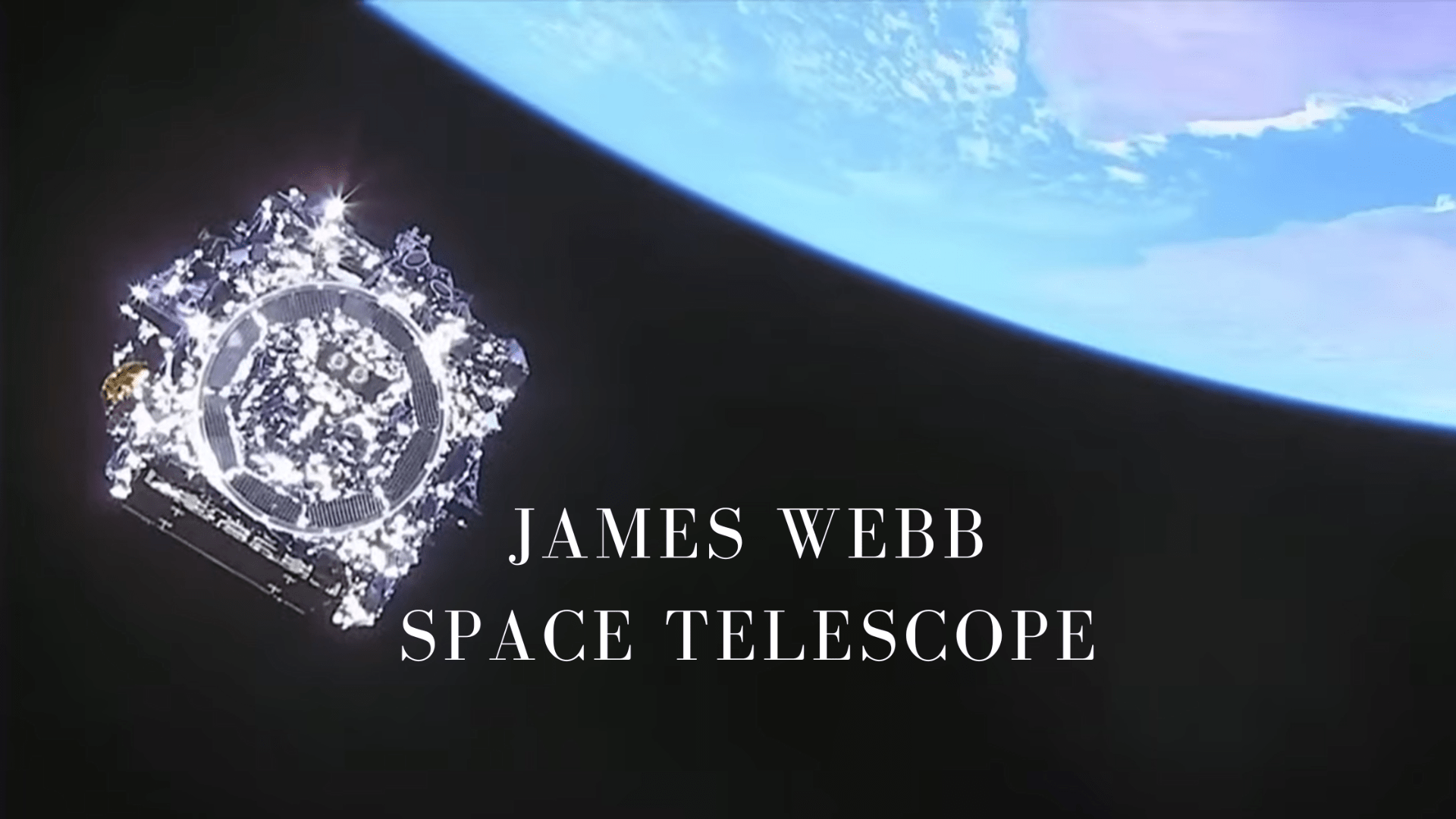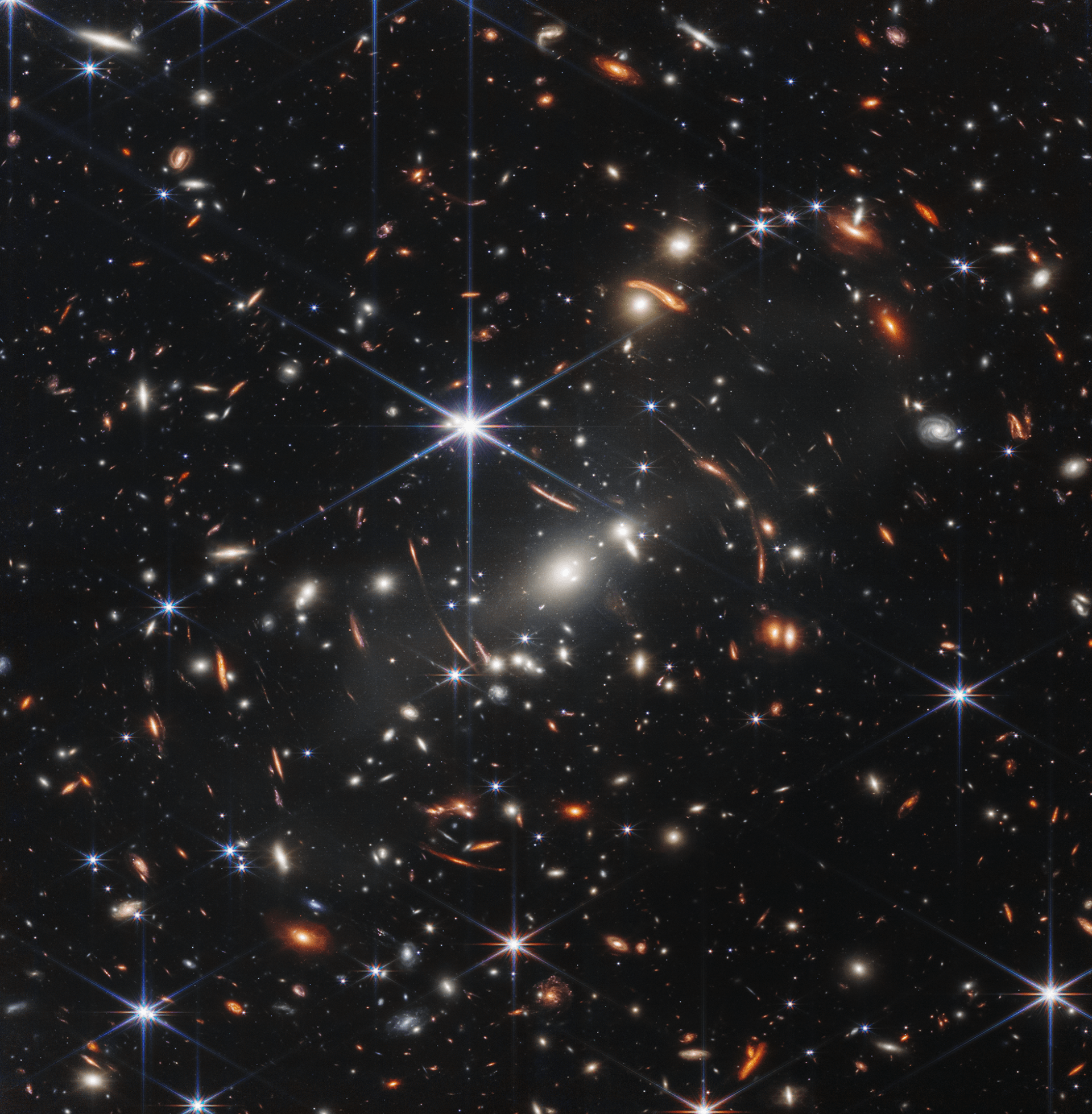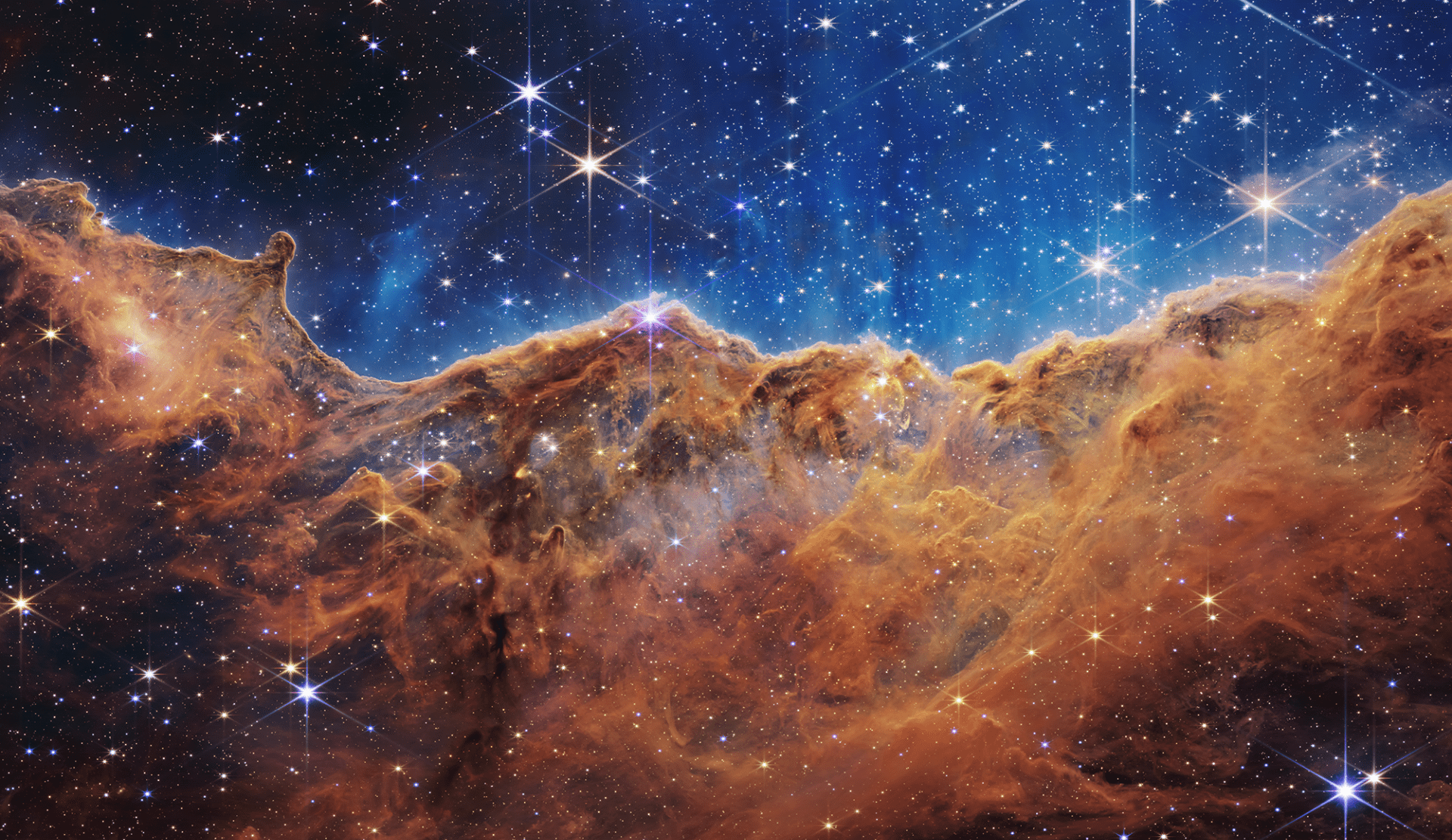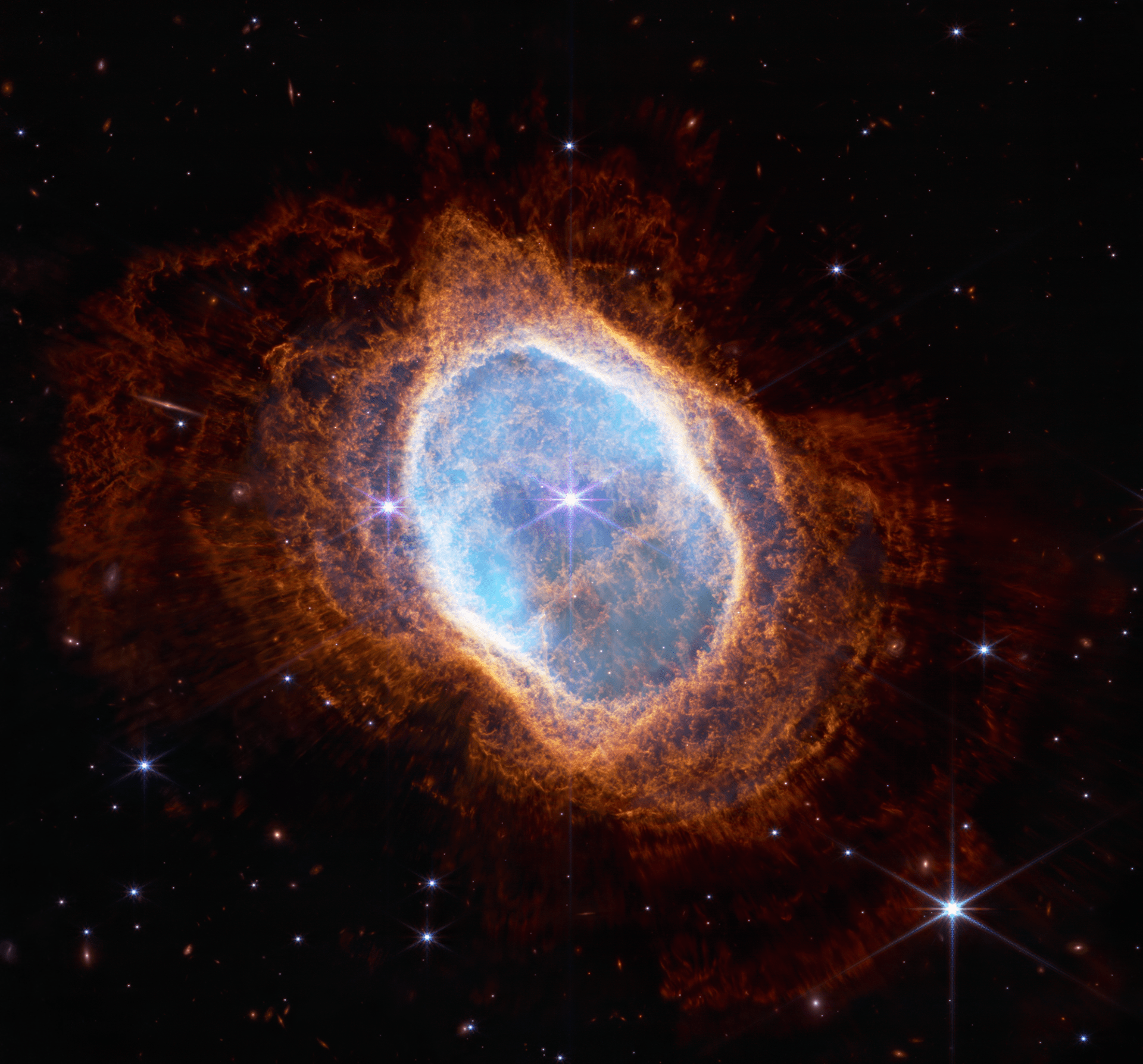

The James Webb Space Telescope (JWST) is the largest optical telescope in space, primarily designed to conduct infrared astronomy. Its high infrared sensitivity and resolution allow it to view objects unable to be observed by the Hubble Space Telescope (HST). JWST is expected to enable a wide range of investigations across the fields of cosmology and astronomy.
The James Webb Space Telescope was launched on December 25, 2021, from Kourou, French Guiana, on an Ariane 5 rocket and arrived at the Sun-Earth L2 Lagrange point in January 2022. NASA led JWST's development in conjunction with the ESA and the Canadian Space Agency (CSA). The NASA Goddard Space Flight Center in Maryland managed the telescope's development, and the Space Telescope Science Institute in Baltimore operates JWST.,

JWST shows the edge of a gigantic, gaseous cavity within NGC 3324, roughly 7,600 light-years away inside the Carina Nebula. The nearby, young, star-forming region looks much like ragged mountains, and the intense ultraviolet radiation and stellar winds from massive, hot, young stars in the center have carved the cavernous area from the nebula above the area shown in this image. The high-energy radiation from these stars sculpts the nebula's wall by slowly eroding it away. This period of early star formation is incredibly difficult to capture. However, JWST's extreme sensitivity and exquisite spatial resolution have captured this rare event and given us a look at star formation that we have never seen before.

NASA, ESA, and CSA scientists have described that nearly across the board, the performance of the James Webb Space Telescope is better than expected.
